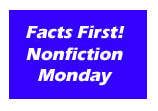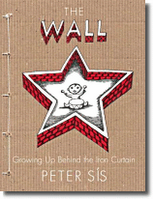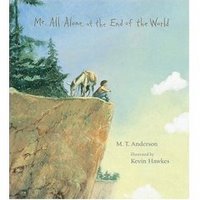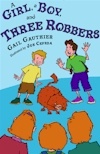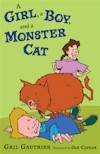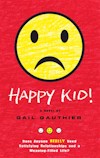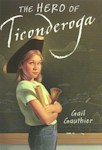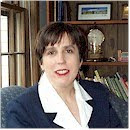Those Pesky Picture Books For Adults
I went to the library on Tuesday for a much needed book stock-up. Ms. Eileen, the children's and YA librarian, was helping me find a picture book I'd seen mentioned on our library's blog when she started talking about beautiful picture books that adults love but kids not so much. She brought up the subject. I didn't.
She said there are beautiful picture book biographies, some of which she's not buying because the kids in the local grade school can't use them for reports. "They come in with a page requirement," she explained. The kids have to read biographies that are longer than these picture books, which remain on the shelves.
And which shelves? Ms. Eileen said that shelving them is a problem. Do you put them in biography where they won't be used because they're too short? But if she puts them in with picture books, the picture book crowd won't know what to make of them because they have a lot of text for traditional picture books.
My suggestion, of course, was to place them in an adult area where adults can find them. Older children may feel embarrassed about reading picture books, but we adults are above all that, right? These books are beautiful and the subject matter is interesting--at least to grown-ups. They deserve to be published. But why do we have to insist they're for kids? What's wrong with publishing these things for adults?
If publishers were to create a category of picture books for adults, such books might become more desirable to older children--and to their teachers and parents who want them to read Big Kid books.
Labels: picture books for adults
